( – promoted by navajo)
In 1853 the United States divided Oregon Territory into two territories: Washington and Oregon. President Millard Fillmore appointed Isaac I. Stevens as the territorial governor of Washington. Stevens immediately began an aggressive plan to deprive the Indian nations within the territory of title to their lands. He was a Jacksonian Democrat and a veteran of the Mexican War. Like many others in the American government, he viewed Indians as racially inferior and as impediments to the expansion of civilization. During 1854-1855, Stevens held treaty councils throughout the new territory and set the stage for a series of Indian wars.
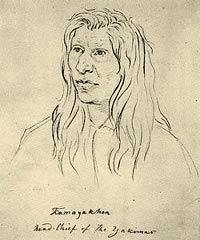
The Spark:
In 1858, two French Canadian miners were murdered near present-day Colfax, Washington. The miners in the area blamed Yakama leader Kamiakin and Palouse leader Tilcoax for the murders, but Mahkeetahkat and Slowiarchy the Younger were the actual culprits. The incident spread fear among the miners who believed that the Indians were going to kill them all. In response, the miners in Colville requested military aid from the army.
The Army:
In response to the request for aid from the miners in Colville, a military expedition was organized to march from Fort Walla Walla through Palouse country to Colville in order to awe the Indians into submission. The expedition crossed the Snake River at the confluence of Alpowa Creek and the Snake. Here Nez Perce chief Timothy (Tammutsa) operated a ferry which was used by the troops to transport men, equipment, and horses across the river. Timothy, Levi (Timothy’s brother) and 13 other Nez Perce joined the force as scouts.
Unknown to the military leaders, Timothy and Palouse chief Tilcoax had a personal feud. Upon joining forces with the army, Timothy sent envoys to tell Tilcoax that the Palouse would soon lose their women and horses. He sent a similar message to the Coeur d’Alene and the Spokan.
The Battle:
While the Nez Perce scouts knew that the Palouse, Coeur d’Alene, and Spokan had gathered in large numbers, this information was not relayed to the American military leaders. Timothy was spoiling for a fight with Tilcoax and so he told the other Nez Perce warriors to remain silent.
While the American commander Major Edward Steptoe had hoped to engage a few Palouse in battle, he was taken by surprise when he encountered more than 1,000 Indian warriors from several different tribes: Palouse, Coeur d’Alene, Spokan, Yakama, Pend d’Oreille, Flathead, and Columbia. While the Indians taunted the soldiers, no shots were fired.
Tilcoax had hated the Americans since he had been driven from his traditional home and forced to establish a new village on the Snake River. On the other hand, Coeur d’Alene chief Vincent and Spokan chief Sgalgalt urged their people to return home without attacking the American troops.
The first attack came from a handful of young Coeur d’Alene warriors. Three important Coeur d’Alene leaders-James Nehlukteltshiye, Zachary Natatkem, and Victor Smena-were killed in the first volley and with this the other Indians joined in the fight. As was typical of Indian warfare, the attack consisted of individual isolated attacks, motivated by the idea of obtaining war honors.
The Indians fought individually without any specific plan except to drive the American forces out of their territory. By nightfall, the Americans knew they were defeated. They buried their howitzers, strapped their wounded on horses, discarded all of their baggage, and slipped quietly away. Historians would later marvel at the fact that 150 American soldiers slipped apparently unnoticed and unpursued through more than a thousand Indian warriors. However, Indian warfare does not seek the annihilation of enemies, and loot-the baggage which the Americans left behind-is of greater interest than killing the soldiers.
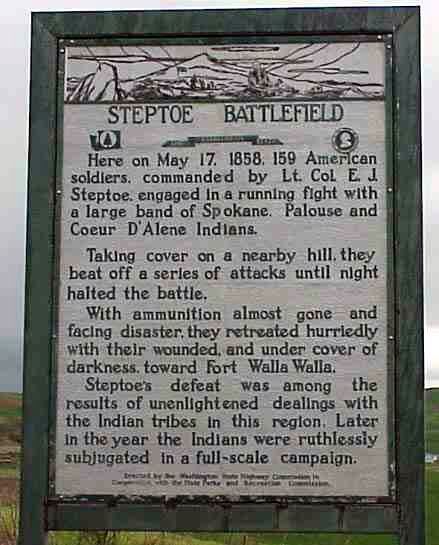
The Aftermath:
In response to Steptoe’s defeat, the army mobilized a major campaign to punish the Indians. The result was a ruthless and bloody war with little quarter given to the Indians. The goal was to either put the Indians on remote reservations or to exterminate them.

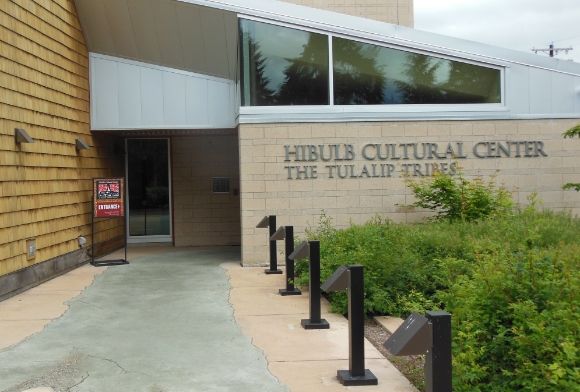
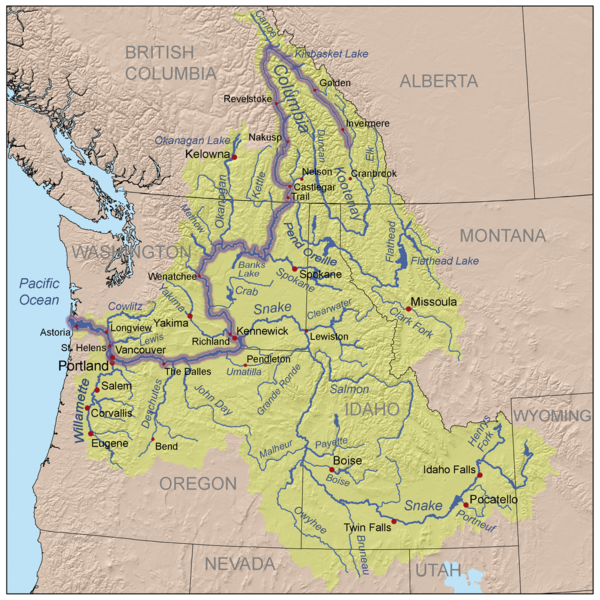
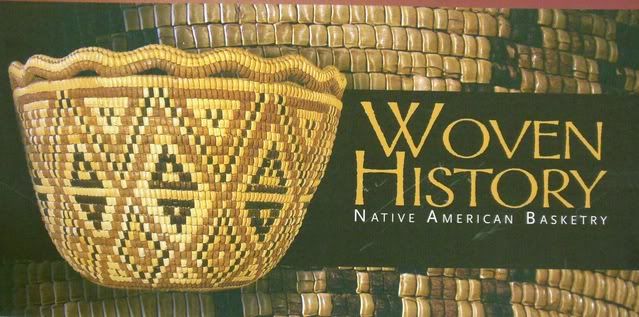
Leave a Reply